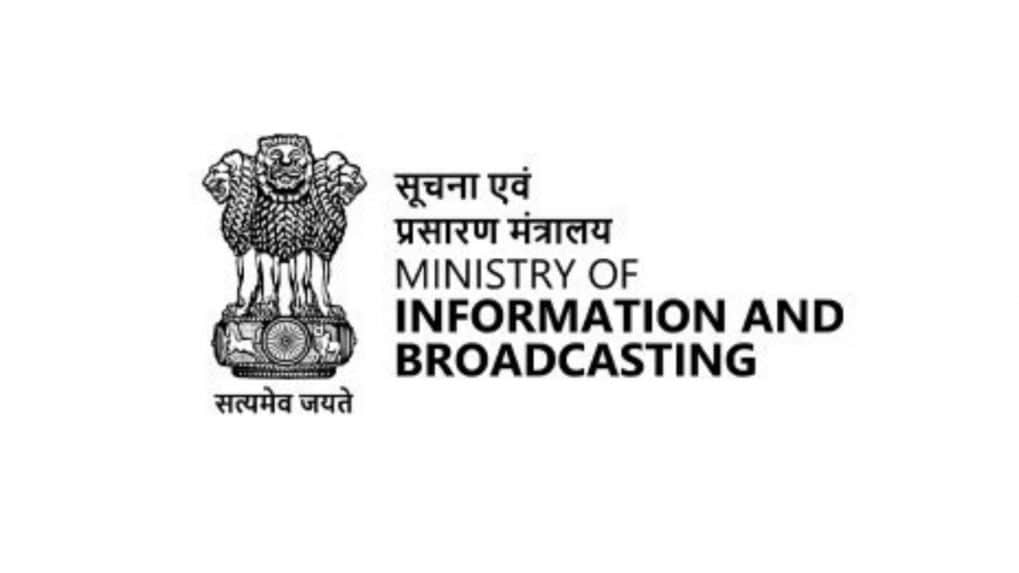Brand Makers
Dil Ka Jod Hai, Tootega Nahin

The Ministry of Information and Broadcasting (MIB) has released a draft of the Guidelines for Accessibility of Content on Platforms of Publishers of Online Curated Content (OTT Platforms) for Persons with Hearing and Visual Impairment, inviting public comments by October 22, 2025.
The move aims to make digital entertainment and information on OTT platforms inclusive for people with disabilities, in line with constitutional guarantees and India’s international commitments.
Read more: I&B Ministry asks OTT platforms to enhance accessibility features for persons with disabilities
According to the draft released on October 7, 2025, the proposed guidelines seek to ensure that persons with hearing and visual impairments can access, enjoy, and interact with online curated content through features such as closed and open captions, audio descriptions, and Indian Sign Language (ISL) interpretation. The MIB has invited stakeholders and the general public to submit their comments in Word or PDF format to digital-mediamib@gov.in.
To oversee enforcement, the MIB will constitute a monitoring committee chaired by a Joint Secretary-level officer. The committee will meet quarterly to review implementation progress, address grievances, and issue directives to ensure consistent compliance across the OTT ecosystem.
Storyboard18 recently reported that the Ministry is in the final stages of drafting comprehensive accessibility guidelines for OTT platforms in a bid to promote inclusivity in India’s growing digital content space. While accessibility standards already exist for traditional media like broadcast television and cinema, OTT platforms have so far operated without a unified framework. The government is now looking to fill that gap by drawing from global standards such as the Web Content Accessibility Guidelines (WCAG).
Grounded in equality and accessibility rights
The draft cites Article 14 of the Indian Constitution, which guarantees equality before the law, and reaffirms India’s commitment as a signatory to the United Nations Convention on the Rights of Persons with Disabilities (UNCRPD). The Convention recognizes accessibility as a human right and mandates equal access to information and communication technologies for persons with disabilities.
The guidelines also draw from the Rights of Persons with Disabilities (RPwD) Act, 2016, which obligates the government to promote barrier-free access to information and communication systems. Sections 29, 40, and 42 of the Act emphasize participation in cultural and recreational life, accessible technology, and inclusive media.
Read more: DoT unveils directives for telecom operators to ensure inclusive KYC for persons with disabilities
The draft further builds upon the Accessible India Campaign (Sugamya Bharat Abhiyan) launched in 2015, which sought to create an environment of equal opportunity and participation for persons with disabilities. It also follows the Ministry’s earlier work- such as the Accessibility Standards for Television Programmes issued in 2019- and aligns with the Information Technology (Intermediary Guidelines and Digital Media Ethics Code) Rules, 2021, which require OTT publishers to take reasonable efforts to improve accessibility.
Defining accessibility on OTT platforms
The proposed framework establishes clear definitions for accessibility-related terms such as audio description, closed captioning, open captioning, Indian Sign Language interpretation, and accessibility indicators.
For instance, audio description is defined as the auditory narration of on-screen visuals like actions, settings, and gestures during dialogue pauses, enabling visually impaired users to understand visual elements.
Closed captions, meanwhile, should include not just dialogues but also non-verbal sound cues- such as a doorbell ringing or footsteps- to fully convey context.
Sign language interpretation, the draft states, must appear in a picture-in-picture format with clear visibility of hand movements and facial expressions, preferably placed on the bottom right-hand corner of the screen.
Platforms are also required to ensure that user interfaces- across apps, smart TVs, and websites- are compatible with assistive technologies.
Phased implementation plan
The guidelines propose a two-phase implementation schedule.
Phase I, beginning six months after publication, mandates that all new content released on OTT platforms must include at least one accessibility feature- either closed/open captioning, audio description, or ISL interpretation. Platforms must also display accessibility indicators and ensure that accessibility features are integrated across their user interfaces.
In Phase II, publishers are encouraged to progressively make their entire content libraries accessible, achieving at least 30% compliance within 12 months, 60% within 18 months, and full accessibility within 24 months of the guidelines’ publication.
Reporting, awareness, and collaboration
OTT publishers will be required to submit a status report on the accessibility of their existing content libraries and quarterly progress reports as they move toward compliance. They must also publicize accessibility features through programme guides and other communication channels to increase public awareness.
The MIB has encouraged platforms to collaborate with organizations working in disability inclusion to enhance implementation and ensure authentic, user-friendly accessibility practices.
Exemptions for certain content types
Recognizing practical limitations, the guidelines exempt some categories of content from accessibility mandates. These include live and deferred live broadcasts, audio-only formats like music and podcasts, and short-form content under 10 minutes in duration. The Ministry acknowledges that real-time captioning or description of such content may pose technical challenges.
From Delhi’s sharp-tongued lyricists to Chennai’s bilingual innovators and North-East India’s experimental beatmakers, Rap 91 LIVE’s lineup was a sonic map of the country’s cultural diversity.
Read MorePiyush Pandey was a force of nature - brute force for his opponents and a natural creative at heart.